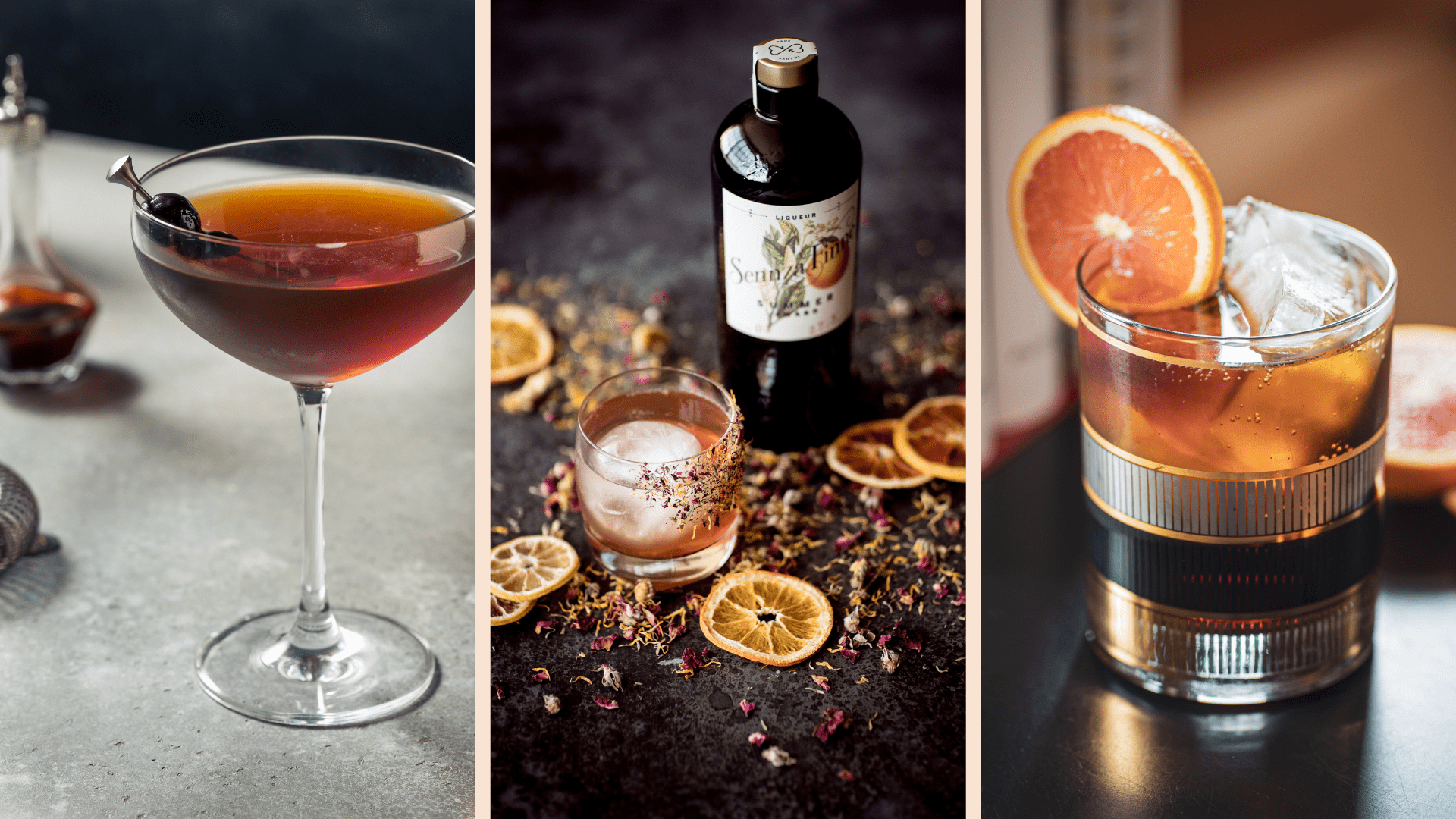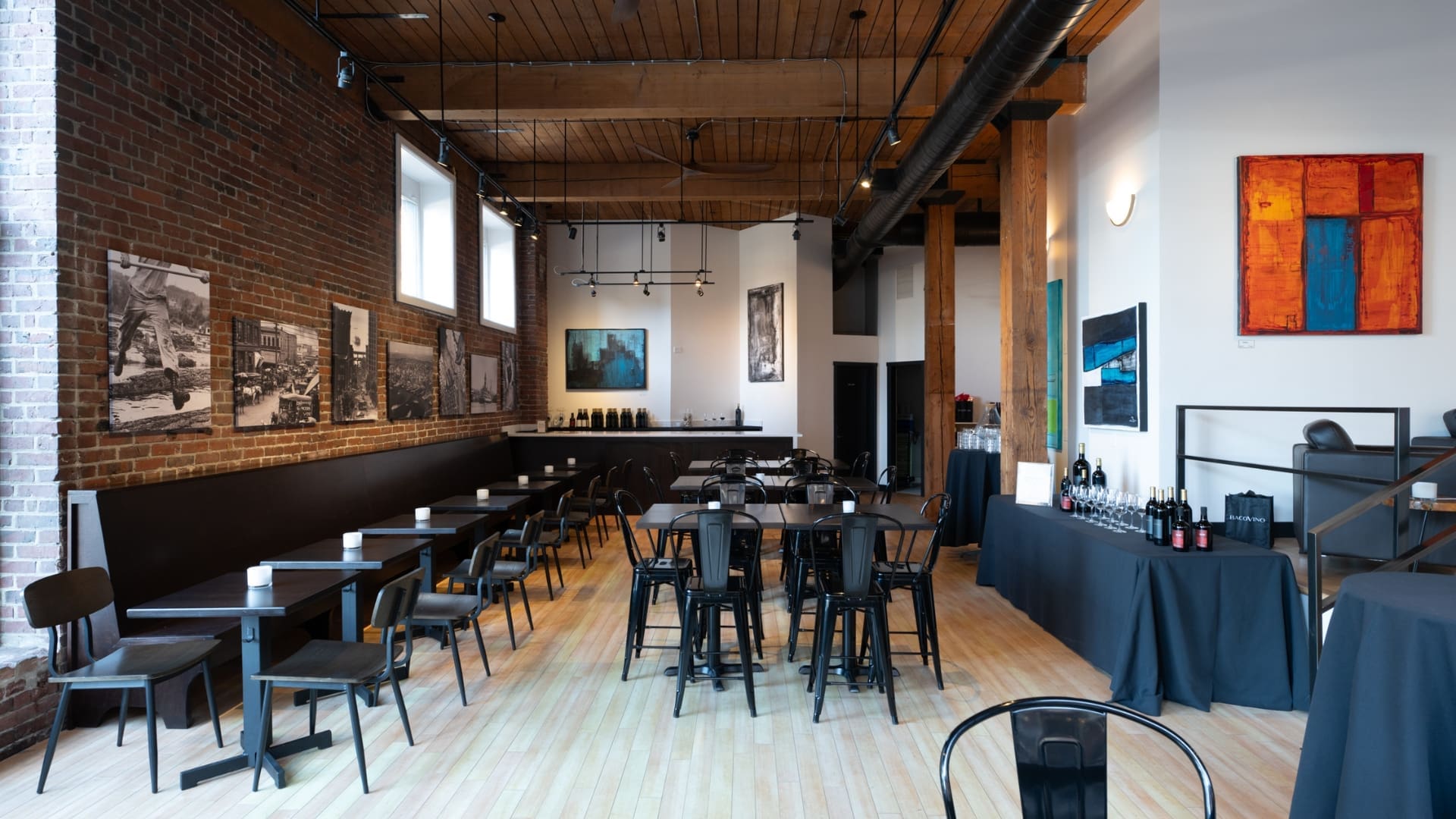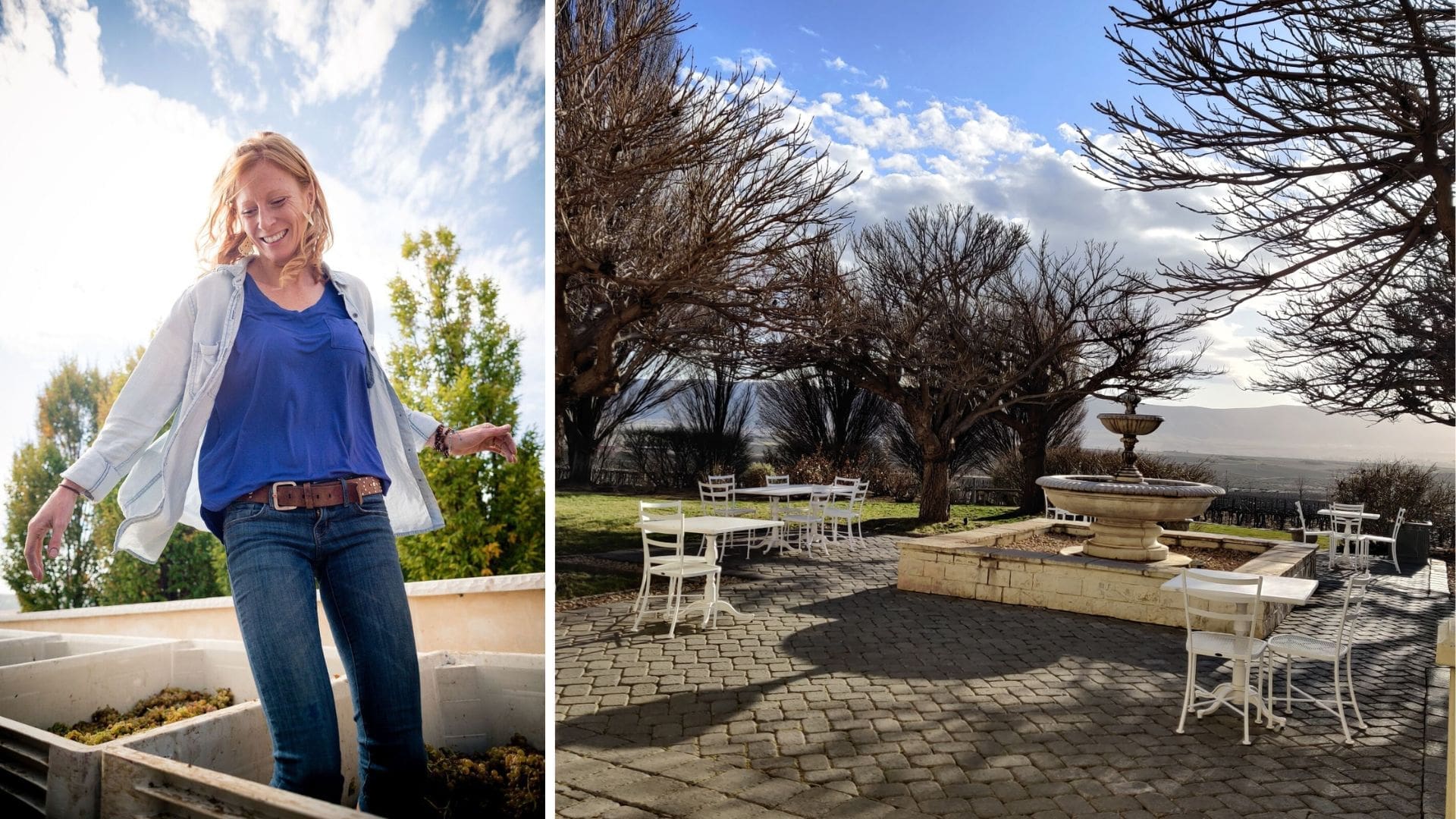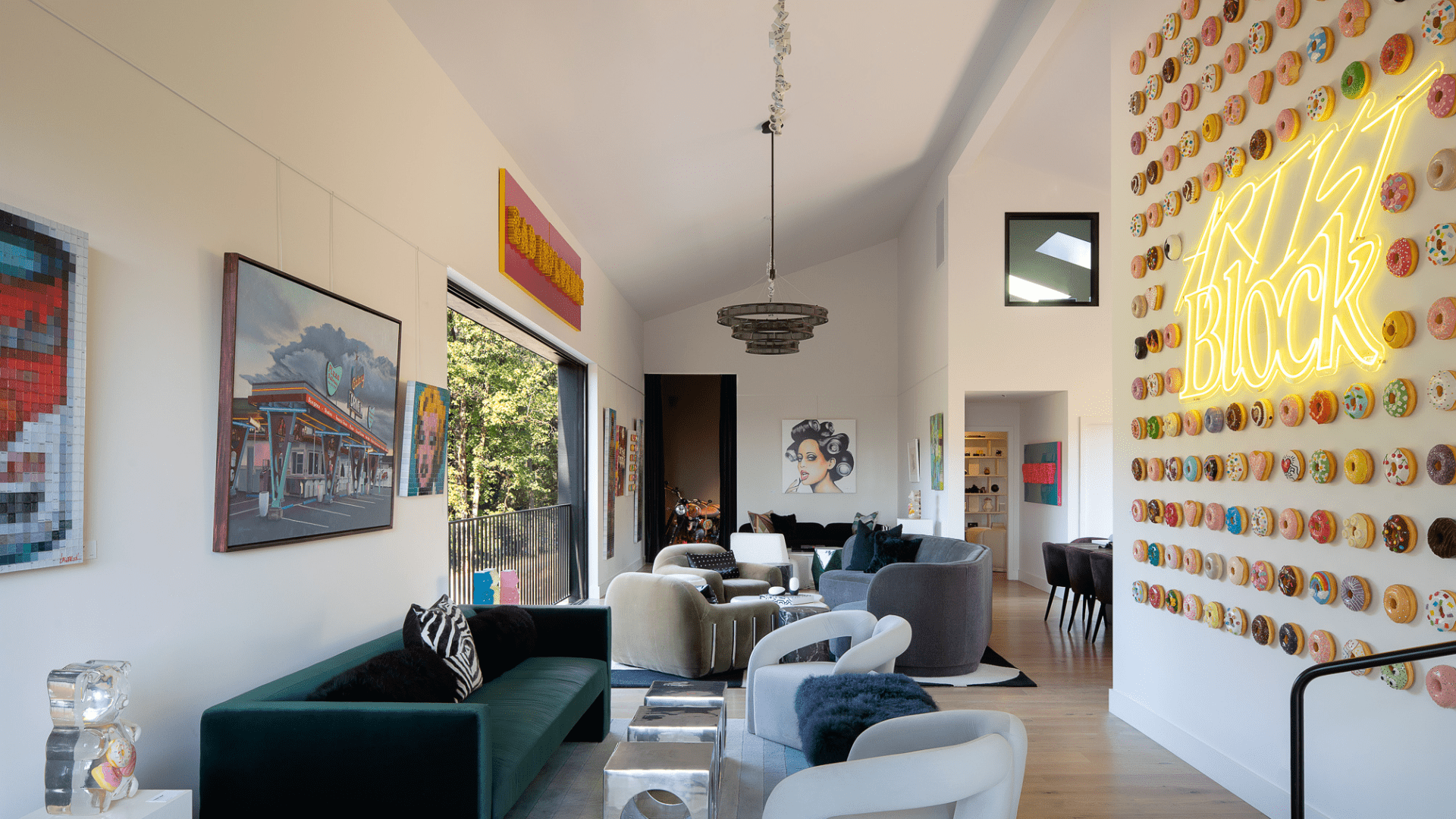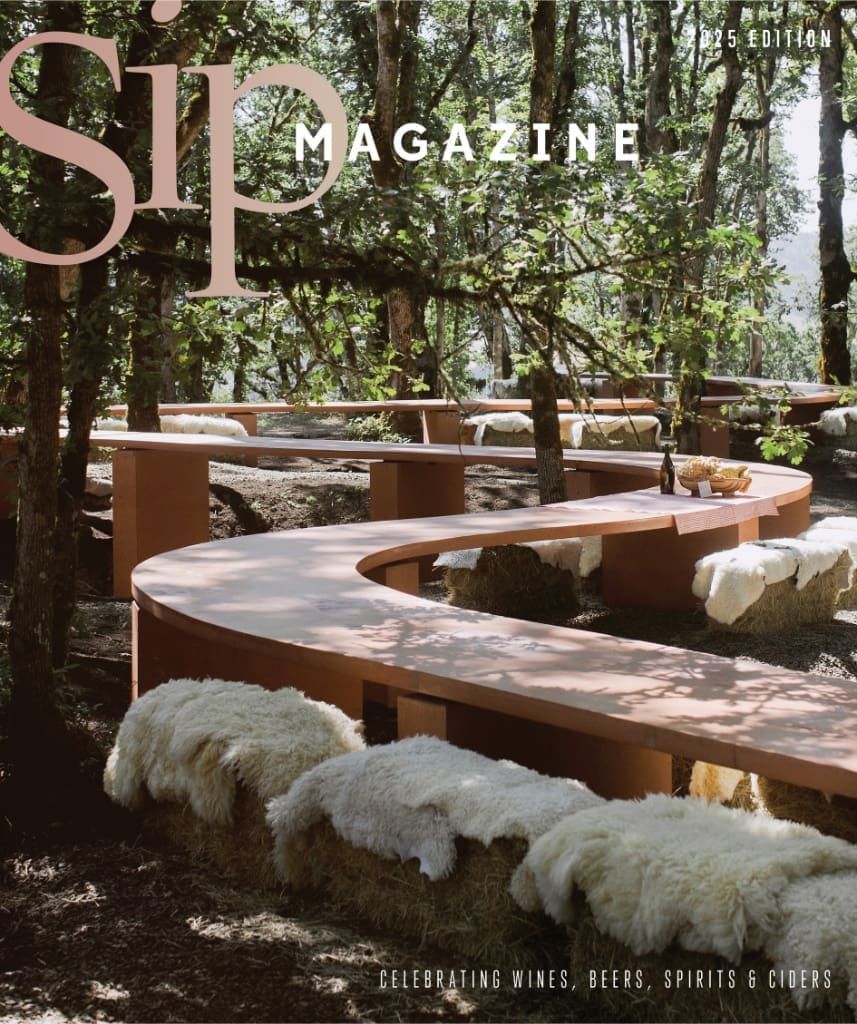Amaro, the digestif beloved in Bella Italia, has become hugely popular at local distilleries and liquor stores. Not sure what Amaro is? We reveal all.
Nearly 20 years ago, my wife and I were in Verona, Italy, at a cozy osteria. After a lovely meal of orecchiette with pumpkin and smoked provolone, we desired small sippers to aid digestion — a feeling often arising in Italy. We’d interacted briefly on past trips with the herbaceous, bitter, Italian amari, but they remained mysterious and rare back in Washington. So, we ordered vaguely: “Amaro, per favore?” The waiter soon returned with two jewellike glasses, two very different liquids in each.The first was gentler with vanilla and citrus swirls, the second mintier, bracing as an icy plunge. Both were a revelation. Here, we felt, was liquid magic quite different from what we’d get at home.
Today more than 40 amari have been released in the Northwest, by distilleries stretching from Oregon to British Columbia to Montana, including: Adrift, Brovo, DeGroff, Divine, Elixir, Fast Penny Spirits, Highside, Hood River, Letterpress, Scratch, SennzaFinne, Straightaway, The Woods Spirit Co. And more are coming. Enough that liquor store shelves are as crowded with amaro as Rome’s Pantheon is with summertime tourists — or Seattle’s Pike Place Market, for that matter.
This crowded field can be confusing, making it helpful to hit the basics. Amari are liqueurs, as opposed to spirits (such as vodka, whiskey, brandy). Amaro means “bitter” in Italian (amari the plural); however, they’re “potable bitters,” as opposed to cocktail bitters like Angostura or Scrappy’s. Those are used as flavorful dashes to cocktails, whereas amaro can be happily consumed solo as well as in cocktails.
Amari’s delicious history
The amaro lineage can be traced back to adventuresome BCE drinkers adding herbs to raw alcohol and wine, with a stop at 15th- and 16th-century European monasteries, where monks augmented the same with flavorings and sweeteners, using them as preservatives and medicinal remedies. Pilgrims probably felt much better, if not cured, after visiting. Then in Italy, things really changed. Amaro making, says Florence-born Andrea Loreto, CEO of Elixir Craft Spirits of Eugene, Oregon, “boomed in the beginning of the 1800s, when travel got easier and the colonies offered new and exotic ingredients.”
Italian amari entered the United States via immigrants and vacationers, and if the full range of the liqueur didn’t show up on our shores immediately, at least the renowned Fernet-Branca and Calisaya (of which Loreto makes a modern version today) pop up in pre-Prohibition cocktail books dating back to — from a quick bookshelf check — at least 1914 in Jaques Straub’s treasured Drinks. Even at that point, our ancestral drinkers probably had the same question as many modern sippers: What the heck makes an amaro an amaro?
It’s hard to define, because each amaro then and now has a singular mix of ingredients – herbs, spices, roots, flowers and fruit – without demanded specifics like gin’s juniper or bourbon’s corn. Disagreements on what counts as amari abound. Some admit orange Aperol and red Campari. Some OK wine-based amari, and some do not. I find it’s best to not argue as it gets in the way of drinking.
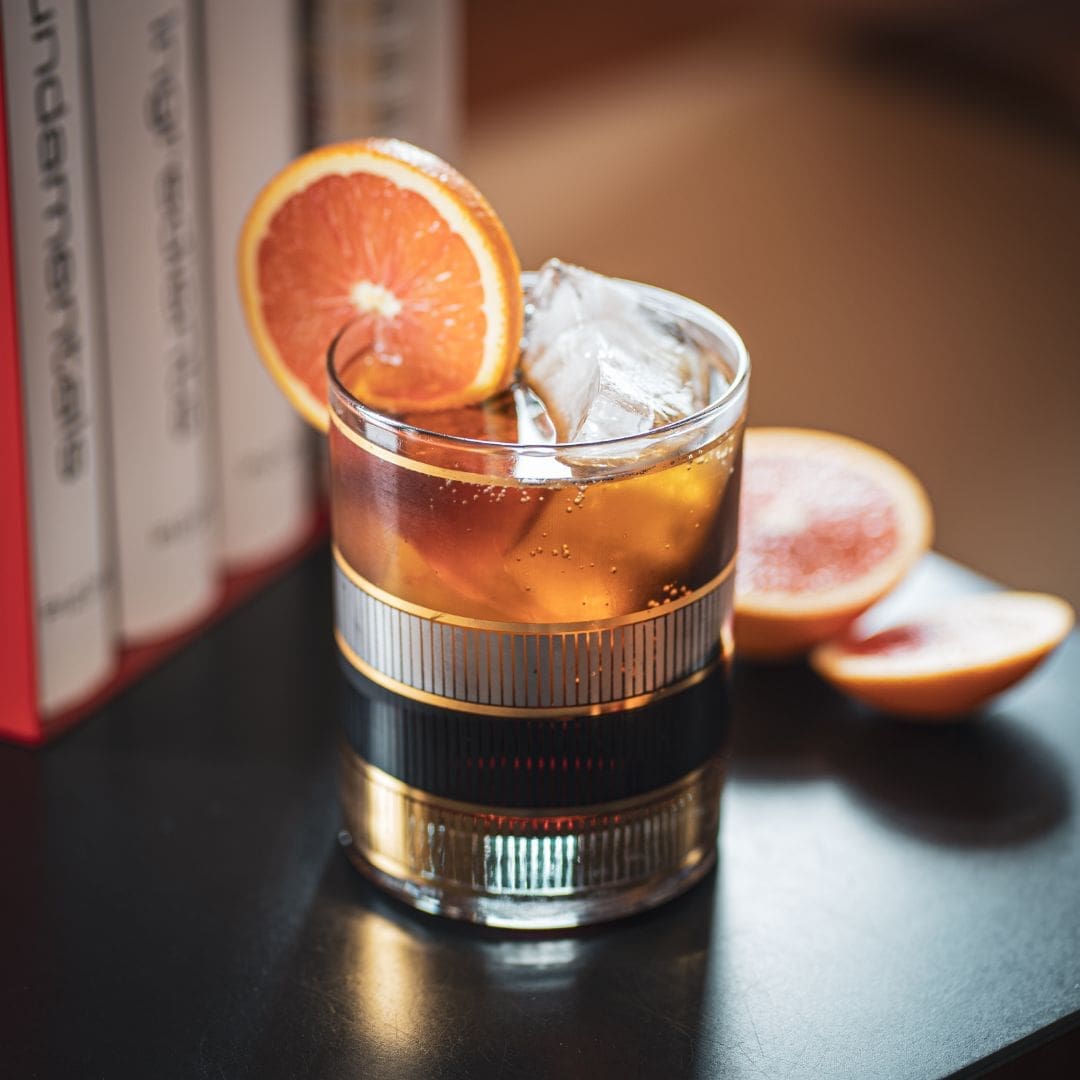
What makes amari?
I see four shared characteristics among amari. First, a bittering agent, often gentian root, but also angelica root, cinchona bark and wormwood. Second, a sweetening agent. Third, a secret recipe, backed by legend, lending itself to post-dinner drinking. Fourth: love. As Gillian Diedrick, co-owner (along with her husband Joey Diedrick) of Seattle amaro-maker SennzaFinne says, “Amaro is creativity at its core. You can express yourself, your tastes and your love in a bottle.”
Simple enough, right? Bitter, sweet, herbs … fantastico! Beautiful sentiment, but potentially madness for the newbie, because the amaro-verse contains copper-colored sweeter bewitchers, sienna-shaded citrus-tinged thrillers, dark brown stalwarts that seem — in the best way — as if you’re drinking slate, and everything in between, with different elements in each bottle. With local producers, key distinctive ingredients vary from apples in the base of Highside’s Mele; to cocoa nibs, Rainier cherries and Yakima hops in Fast Penny’s Americano; rowanberry and pink peppercorn in Scratch’s Amo Pocio; rose and sage in Adrift’s Pink Poppy Farms amaro; and orange blossom in Accompani’s Mari Gold.
These homegrown amari didn’t bloom overnight. Prohibition slowed cocktail culture and amaro consumption until the 2000s’ cocktail renaissance and foodie explosion. Bartenders and importers began globally searching for stimulating cocktail ingredients as people began exploratory eating and drinking. Mhairi Voelsgen, distiller and owner of Brovo in Woodinville, Washington, says people began to “embrace more bitter, sour and complex flavors.”
Concurrently, distilling homegrown amaro in the Northwest kicked off. “There’s a spirit of exploration here in the Northwest and a lot of readily available ingredients,” says Voelsgen. It’s a situation that aligns seamlessly with amaro’s liquid interpretation of the place where it’s made, as well as the people making it.
As an example, Voelsgen’s Brovo partnered with bartenders to craft distinctive recipes for their 27 amari. Included was a recipe that, after three years of tinkering, led to Calisaya. In the case of Elixir’s Andrea Loreto, he “found some liqueur recipes in the appendix of an old cooking book brought with me from Italy (it was a gift an admirer gave to my grandmother).” Casey Richwine, co-founder of Straightaway Cocktails, and his team developed their amari with cocktail making in mind. “When we started formulation,” he says, “we approached each [iteration] through the lens of ‘How would these hold up in classic cocktail recipes if substituted for a traditional liqueur or amari?’”
Where to start?
Inspired distillers and consumers expanding the drinking canvas is swell, but leads to a bit of bottle overload. Where to start? And how? My advice: small sips.
Jumping into the bitter pond at the rougher edge can be dangerous. Shots of the bitterest amari are beloved by seasoned bartenders such as Seattle legend Andrew Bohrer, who is currently mixing drinks at The Doctor’s Office. So much so that Bohrer calls shots of Fernet-Branca “the bartender’s handshake.” But for others, such bitter sips might not afford a kindly introduction. As Joey Diedrick of SennzaFinne underscores, “We aren’t exposed to a lot of bitter things growing up in the U.S., so it’s natural that there is a kind of learning curve.”
Admitting novice status and requesting an amaro sample at a favorite bar is an honest path. Checking out our list of five spotlighted amari is another. A third option is tracking down the nearest amaro distillery, hearing their story and giving their product a try. Once uncovering an amaro enjoyed neat, try it in cocktails. Don’t feel like shaking? Local amari star in ready-to-drink pleasures, too. Look for Shakerato’s canned Americano with Fast Penny amaro, or Straightaway’s bottled Paper Plane with their own Mari Gold amaro.
Once falling for a first amaro, be brave, be bold and branch out. Our deliziosi regional amari may not share a definitive Northwest ingredient, but they are remarkable in their creative variety, informed by their Italian cousins while maintaining uniqueness. Voelsgen says it perfectly: “I don’t want us to paint the Old Masters. You learn by doing that, but interesting, innovative work that moves the category forward will come from charting a new course. It’s not that we cannot make a duplicate of an Italian amaro, it’s that we choose not to.”
It’s a beautifully bitter time here in the Northwest, and drinking is better for it.

Five Northwest Amari to Try
Find the regional amaro selection daunting? We’ve picked a few to help you. Each is good solo as an after-dinner digestif, delivers sunny delight with soda and ice, and mixes mightily in cocktails.
Brovo Amaro #1
The first of 27 Brovo amari, #1 was created with Seattle bartender John Ueding. Welcoming and balanced, not overly bitter or sweet, it boasts deep spice reverberations, clove, cardamom, orange-lemon citrus and a lingering canella (Mexican cinnamon) finish. Have it in a Bon Marché, created at Seattle’s Back Door by the sadly departed Jayson Cottam.
$50 | 750ml
brovospirits.com
INGREDIENTS
¾ ounce Brovo’s Amaro #1
¾ ounce Pretty Vermouth
1 ½ ounces Barrel-Aged Big Gin
2 dashes peach bitters
GARNISH
Grapefruit peel
DIRECTIONS
Stir over cracked ice and strain into a cocktail glass
Elixir Craft Spirits Calisaya
Utilizing pure cinchona bark, Seville oranges and a secret botanical array, radiantly orange-hued Calisaya won Platinum at Sip’s 2023 Best Of awards for a reason – its persuasive, sweetly approachable personality is easy to fall for. Sub it for Campari in a Negroni for a drink that is, as creator Andrea Loreto says, “more gentle and more aromatic than the ubiquitous traditional version.”
$40 | 750ml
elixircraftspirits.com
INGREDIENTS
1 ounce gin
1 ounce Calisaya
1 ounce sweet vermouth
GARNISH
Orange twist
DIRECTIONS
Build in a rocks glass filled with ice and gently stir.
The Woods Spirit Co. Amaro Classico
Featuring a flavor stratum as deep as a mountain’s roots, Amaro Classico conveys citrus, spice and foresty notes flowing into earthy bitterness that comes from wormwood. Using a “one-of-a-kind vacuum still,” they cold distill ingredients, including grapefruit zest, rhubarb root, bitter orange and grand fir. Let those shine in a simple Garibaldi.
$40 | 750ml
thewoodsspiritco.com
INGREDIENTS
2 ounces Amaro Classico
5 ounces freshly-squeezed orange juice
GARNISH
Orange slice
DIRECTIONS
Fill a highball glass three-quarters full with ice. Add the amaro, then the orange juice. Stir well. (For fun, in your second drink, try their Barrel-Aged Amaro.)
Gulch Distillery Burrone Fernet
Made with a Montana grain base, this darkly amber allurer is a superlative example of a Fernet-style amaro infused with its own sense of place. Mint sparkles around an herbal array of chamomile, saffron, myrrh and rhubarb, as a verdant bitterness rumbles, more accessible and less face-punching than some Fernets. It makes a heady Hanky-Panky (slightly altered).
$39 | 750ml
gulchdistillers.com
INGREDIENTS
½ ounce Burrone Fernet
1 ½ ounces gin
1 ¼ sweet vermouth
GARNISH
Orange twist
DIRECTIONS
Stir over cracked ice and strain into a cocktail glass
SennzaFinne Spring
Picture a brisk spring morning ambling under Northwest rainforest edges. SennzaFinne (which means endless) Spring amaro matches that, with vegetal reflections — lovage, celery, lemon balm, early flowers, Cascade hops — over a vibrant bitterness. It’s dreamy in the spritz-style Never A Bad Time, created by Matt Collette at Seattle’s scrumptious Sunny Hill Pizza: Spring’s siblings — Winter, Summer, Fall and Always — are joys as well.
$51 | 750ml
sennzafinne.com
INGREDIENTS
1 ½ ounces Spring amaro
3 ounces Prosecco
1 ounce soda water
GARNISH
Rosemary sprig
DIRECTIONS
Add all ingredients — in the order above —to a flute glass and stir gently.

